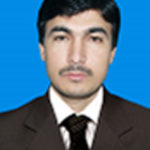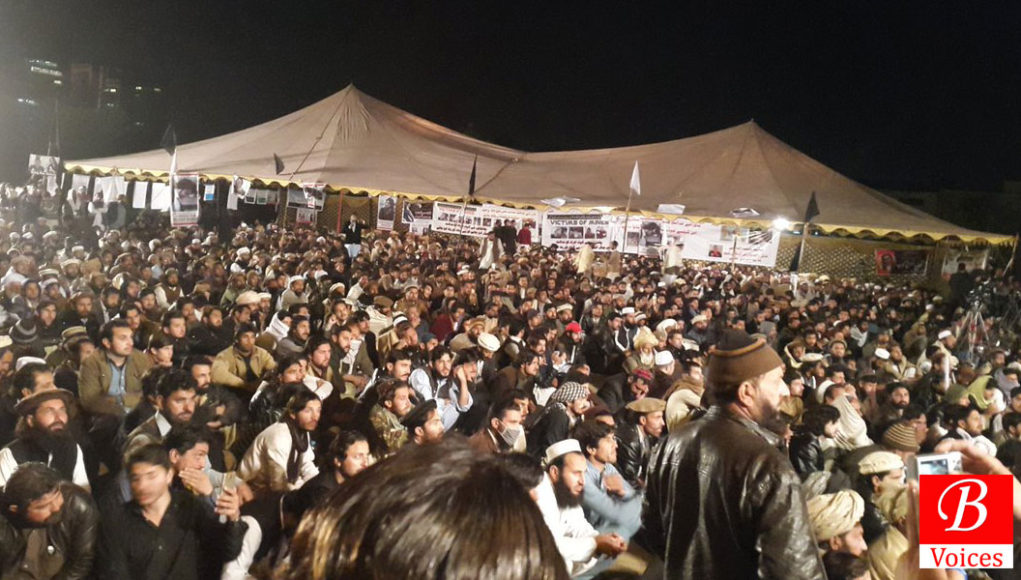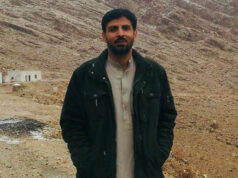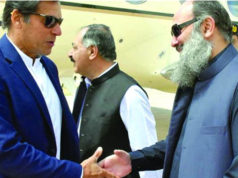 Muhammad Anwar Nasar
Muhammad Anwar Nasar
Last week thousands of Pashtuns, under the young leadership of Manzoor Ahmad Pashteen, came out against the ongoing atrocities inflicted to Pashtuns. They held a long march to Islamabad and staged a sit-in in front of Islamabad Press club, for the purpose of highlighting their grievances. Unfortunately, Frontiers Crimes Regulation (FCR) remained enforced on media to confer coverage to these war-hit people.
This political awakening of Pashtuns at mass level is not something unique. Contrast to this, Pashtuns have been the victim of terrorism, humiliation, persecution, displacement, racial profiling and many more for last two decades. Every injustice perpetrated during this period has no equivalence. The ethno-nationalist political leadership though ardently worked but failed to answer well to the cries of the affected Pashtuns. Consequently, gap was generated between the mainstream political leadership of Pashtuns and that of the young eager middle educated class. This gap was vested voice by young leader named Manzoor Ahmad. Naqeeb Mehsud’s extra judicial killing became the tipping point.
The Pashtun sit-in has presented four point agenda to the authorities to be accomplished. The agenda states, firstly, the immediate arrest of Rao Anwar followed by the end of extra judicial killing of Pashtuns across the country. Secondly, all the missing persons should be produced before the courts for trial. If their guilt was proved they must be punished otherwise released. Thirdly, removal of landmines from FATA should be executed. And fourthly, after an unfavorable event, curfew must not be installed in FATA for larger span of time and every individual must not be seen with suspicion.
The ongoing staged sit-in in Islamabad has its own distinctiveness that could not be compared in retrospect to the past events of ethnic Pashtun nationalism. Historically, Pashtuns have been subjected to division and political fragmentation. Here, one can see the unity of all political and apolitical firms in relation to that of the Islamabad dharna. So the first-rateness of the Pashtun sit-in in Islamabad can be gauged from these reasons.
One, Pashtuns seems to be unfettered from the clutches of the traditional authoritarians which have historically occupied important position at the prospect of common Pashtuns. These may include the religious clerks and local or tribal chiefs. These so called traditional chiefs and religious clerks have always favored their personal interests to drip the interests of the whole community. In the same sit-in, these people attempted for their maneuvering to sabotage the real face and determinations of the young nationalists once they held meeting with the Prime Minister of Pakistan. But their maneuvering was abruptly rejected by the main stakeholders of the Pashtun National Jirga.
Two, the rejection of the political promises of the Prime Minister of Pakistan delineated the political maturity of the young activists of the Jirga. They urged PM to work for practical manifestations of these demands as mere political promise are the solution of no cause. This development also gave birth to the cleavage between the black sheep composed of local elites along with religious clerks and that of the young activists of the sit-in.
Three, the generation shift of political struggle has also transformed the leadership shift. This is good acumen. The leadership, activists and all those who are engaged in managing the Pashtun National Jirga are comprised of young enthusiastic middle and lower middle class educated nationalists. They are updated and stream well the movement on the line as desired because of their mutual understanding.
Four, the dharna participants have mutual consensus that shows their organizational strength. The stage is open for all the sympathizers and consolidators to address speeches. Those political and public figures that favor their cause are bestowed with much time and enthusiasm to have speech. Those figures that divert their speeches from the concerned agenda of the Jirga are responded with either lack of interest in speech listening or unfavorable response to realize the addressor to leave the stage.
Five, the peaceful sit-in also vanished the various versions of stereotyping regarding the Pashtun nation. They have been labeled with the titles of violent, terrorists, fundamentalists and so on. The ongoing sit-in has declined all the names attached to the Pashtuns. In the whole week of protestation, neither had they terrorized anyone nor did they use abusive language for the acquisition of their fundamental rights. Moreover, both the males and females are not only participant but also using the same stage for delivering speeches. So I think, Pashtuns sit-in in Islamabad has manifested the real picture of democratic, liberal, secular and anti-fanatic attitude of Pashtuns.
Six, all the ethno-nationalist political activists have provided unconditional support and cooperation to the organizers of the Pashtun Long March. This stage, in other words, united Pashtuns apart from their political affiliations. The Pashtun nationalist leaders i.e. Asfand Yar Wali Khan, Aftab Sherpao and Mehmood Khan Achakzai imparted their unconditional support to those who had staged sit-in.
So, in a nutshell, Pashtun Long March to Islamabad is one of the precedents in the history of Pashtun ethnic nationalism. This precedent would work for the forthcoming challenges and their responses.
The writer has completed MPhil in History from Quaid-i-Azam University, Islamabad.
Disclaimer: Views expressed in this article are those of the author and Balochistan Voices not necessarily agrees with them.
Share your comments!








